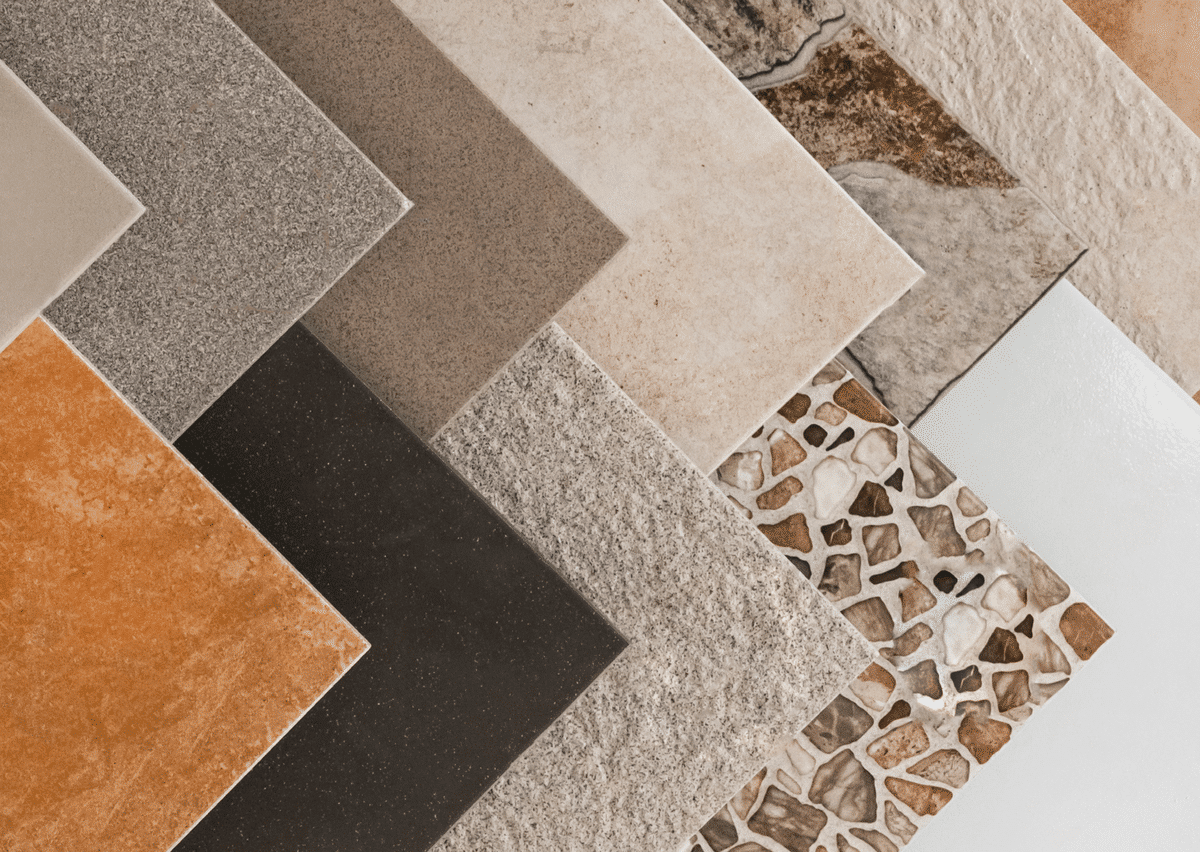Choosing a floor option for your new home, renovation or extension build is no simple matter. As well being one of the most practical and functional elements of your new space, it can also be one of the most visually impactful.
NATURAL WOOD
Natural hardwood in its various forms, such as walnut, oak and cherry aren’t the exactly the most resilient flooring materials. However, depending on your taste, they are arguably the most beautiful flooring option available.
If your home design is rustic or cozy, then the warm tones of natural wood are perfect for creating the right atmosphere in your space. Perfect also for classic home designs, hardwood continues to be popular despite its vulnerability to scratches and liquid stains.
MARBLE
Not every home can pull off marble, but if you’re trying to create something where style, class and luxury are paramount (and if you have the budget), marble is a go-to option. This material can also be used for walls and counters to create a seamless and consistent look, which is great for kitchen and bathrooms.
While these floors are generally high strength and durable, if you are subjecting it to any heavy impacts from large objects or machinery, it is possible that your marble floor will develop cracks.
VINYL
Vinyl is one of the most popular floor options in kitchens due to its water resilience and adaptable style, which can match almost any home design. However, due to these very same properties and the material’s affordability, it is commonly used in many other rooms of the house, too.
As well as long sheets covering the entire floor surface seamlessly, it is available in tiles or planks and can be tailored to create different designs or patterns, much like ceramic tiles. One of the biggest drawbacks for vinyl is it contains toxic substances which are harmful to the environment when burned.
LIQUID SCREED
Liquid screed and other concrete floor options are becoming increasingly popular. As well as offering
superior durability and strength, they work fantastically with industrial style home designs or minimal layouts where the smooth, grey hues of the concrete create a luxurious surface that works with so many home décor styles.
Liquid screed is also great when paired with underfloor heating systems. Due to the even flat surface which can be applied in extremely thin layers, it allows heat to spread effectively throughout the floor’s surface and up into the spaces above, improving thermal efficiency and reducing energy consumption.
